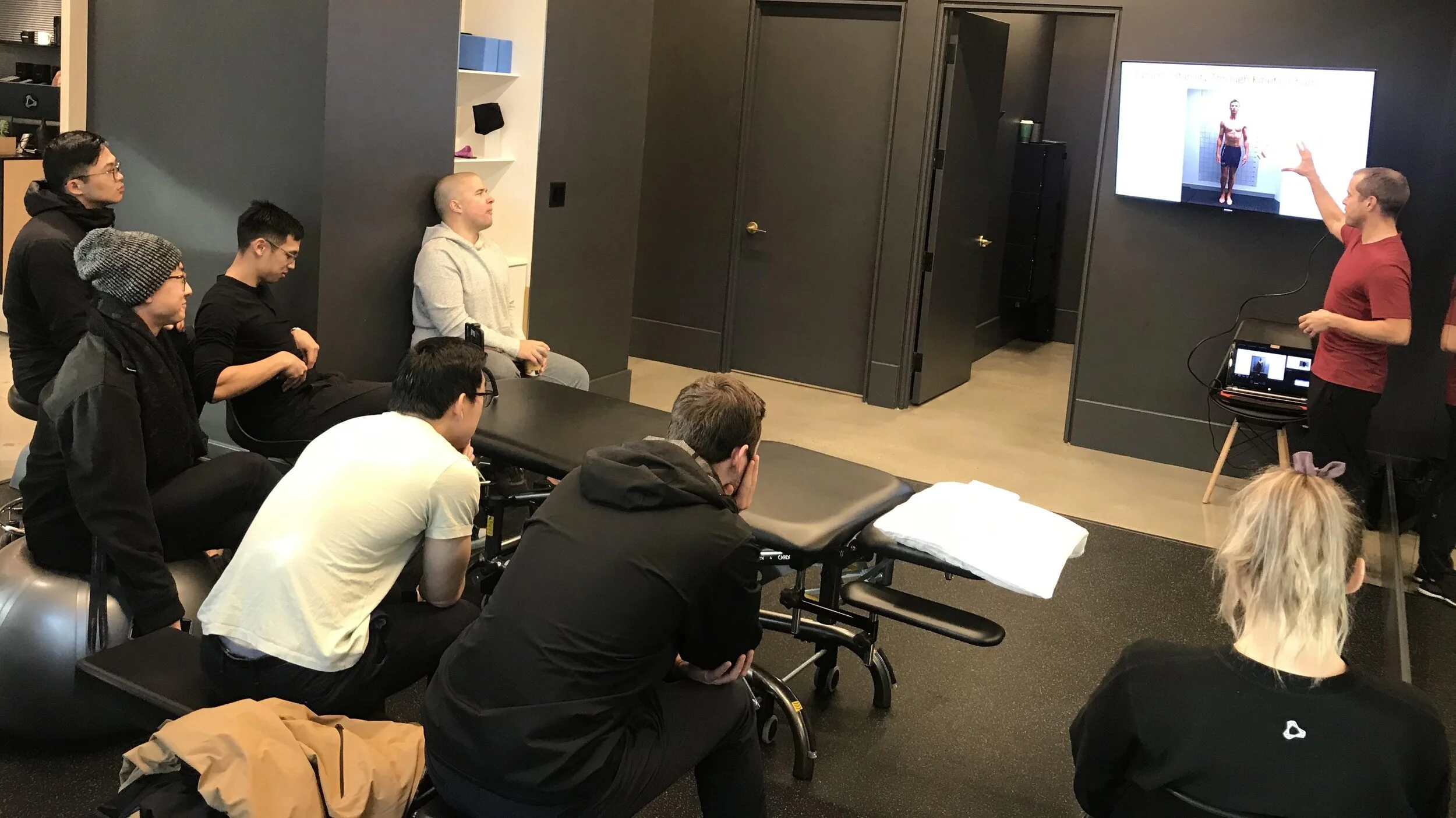EDITOR’S NOTE:
To celebrate the imminent release of the new title ‘Sports Parenting: Negotiating the Challenges of the Youth Sports Journey to Help Kids Thrive’ we are sharing this special post. The excerpt featured is from the chapter ‘Choosing the Right Programme’.
Environment is everything when it comes to developing talent. Parents are naturally highly motivated to find the programme that provides most optimal conditions to allow their child’s talents to flourish. Seeing past the sales pitch and making the right choice is however not a straightforward proposition. Being successful on this endeavour begins with understanding the key features that make for the most conducive setting to enable young performers to realise their athletic potential. In this chapter we aim to provide parents with some criteria to guide the search.






